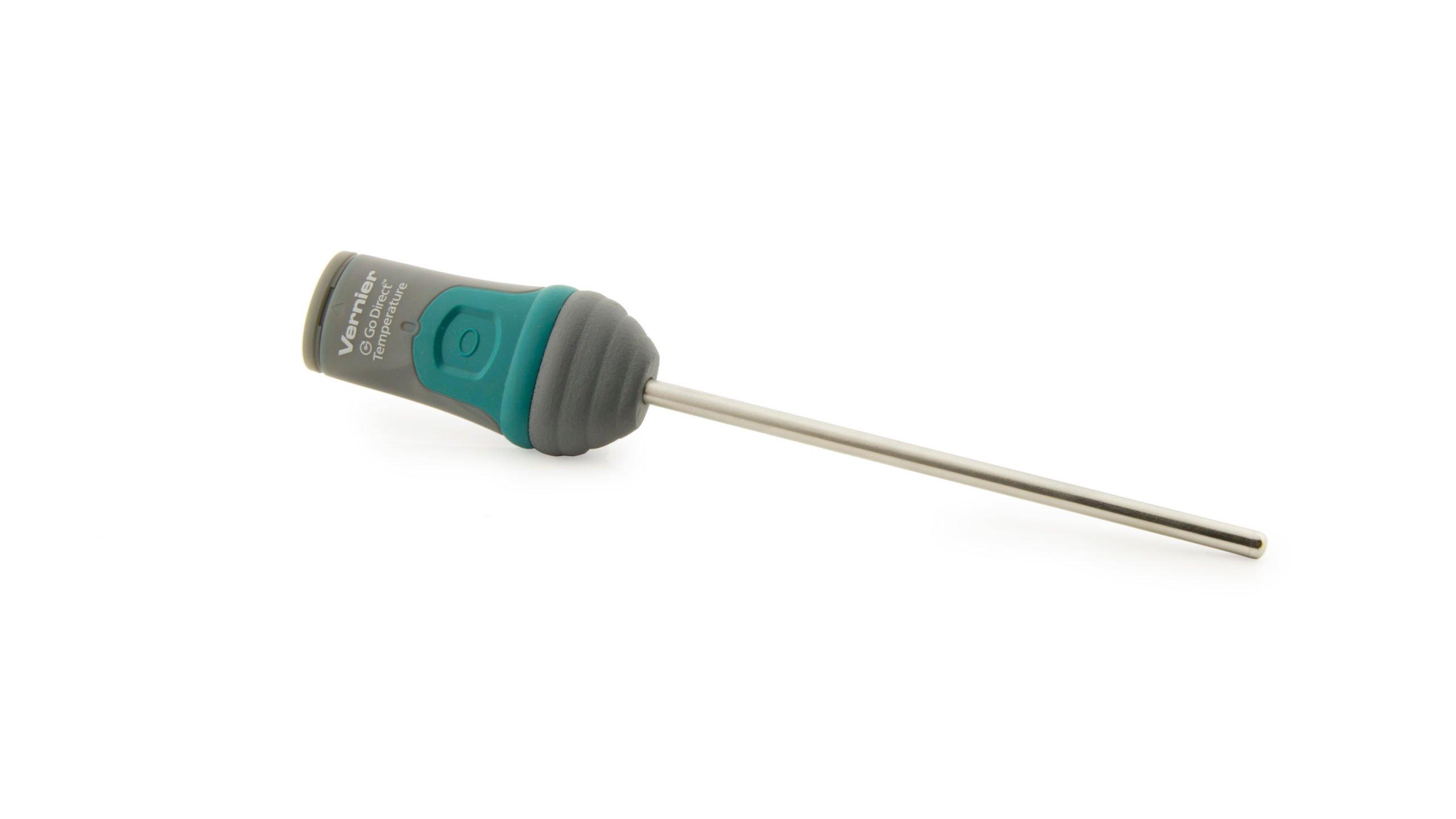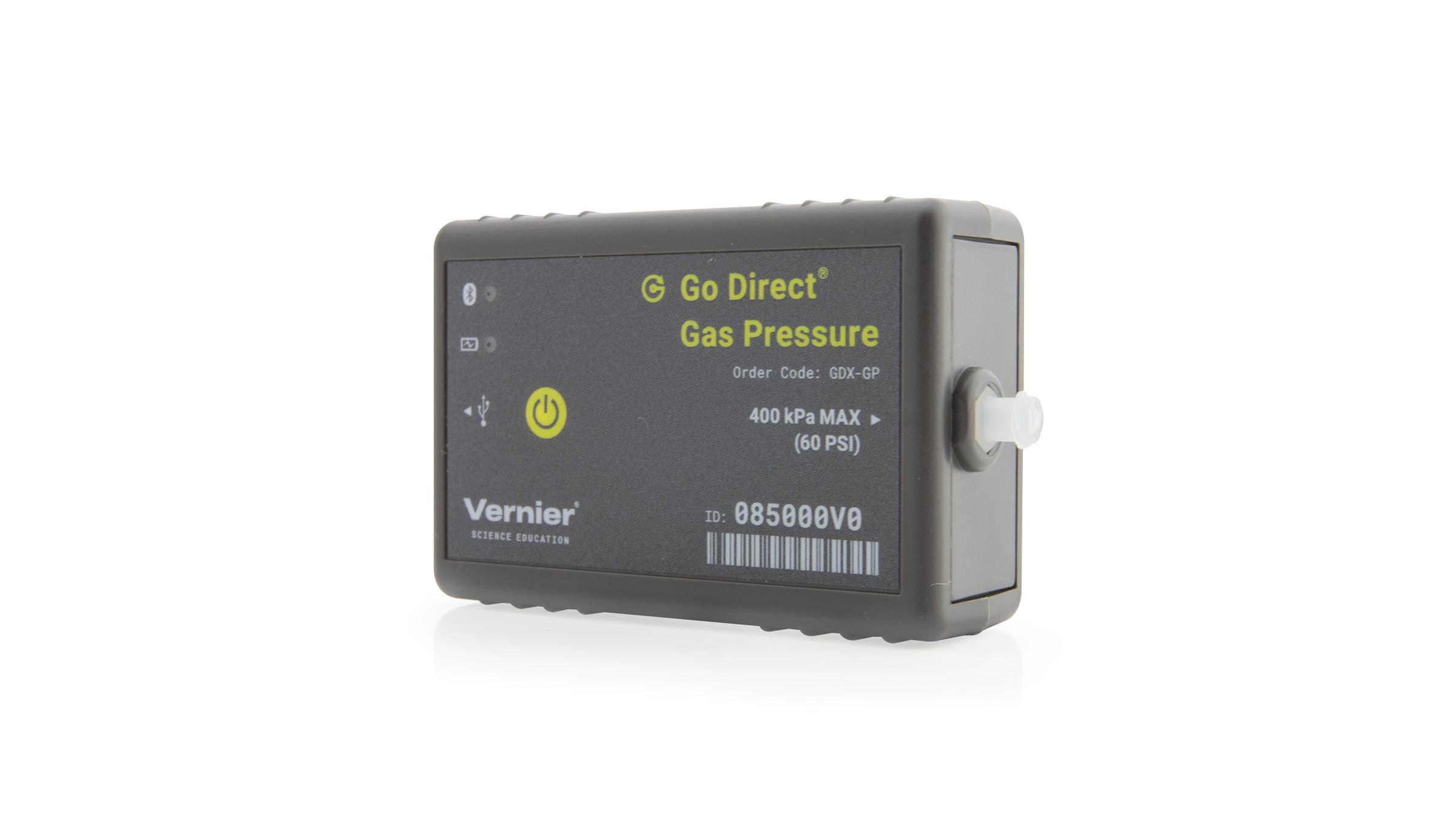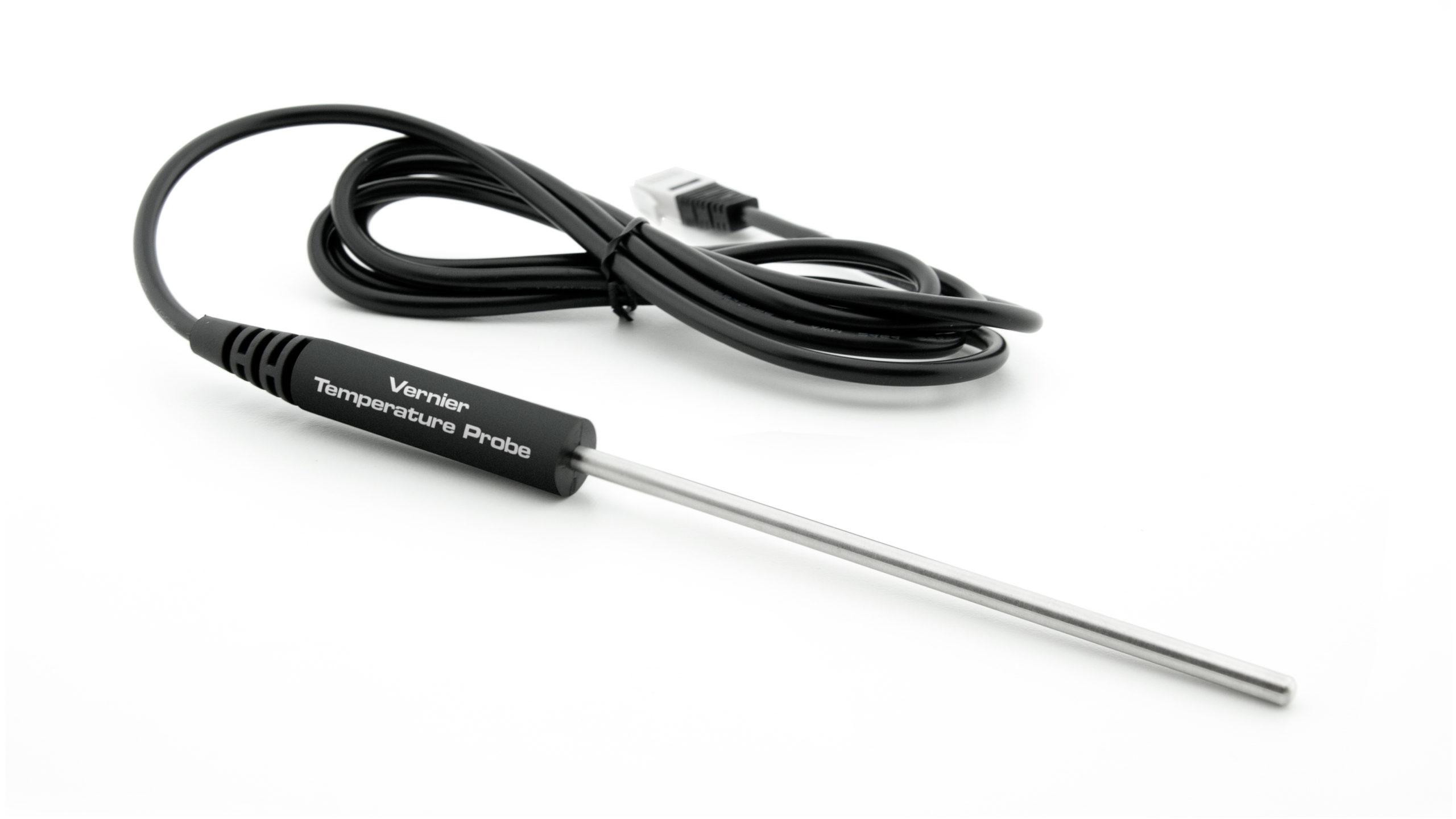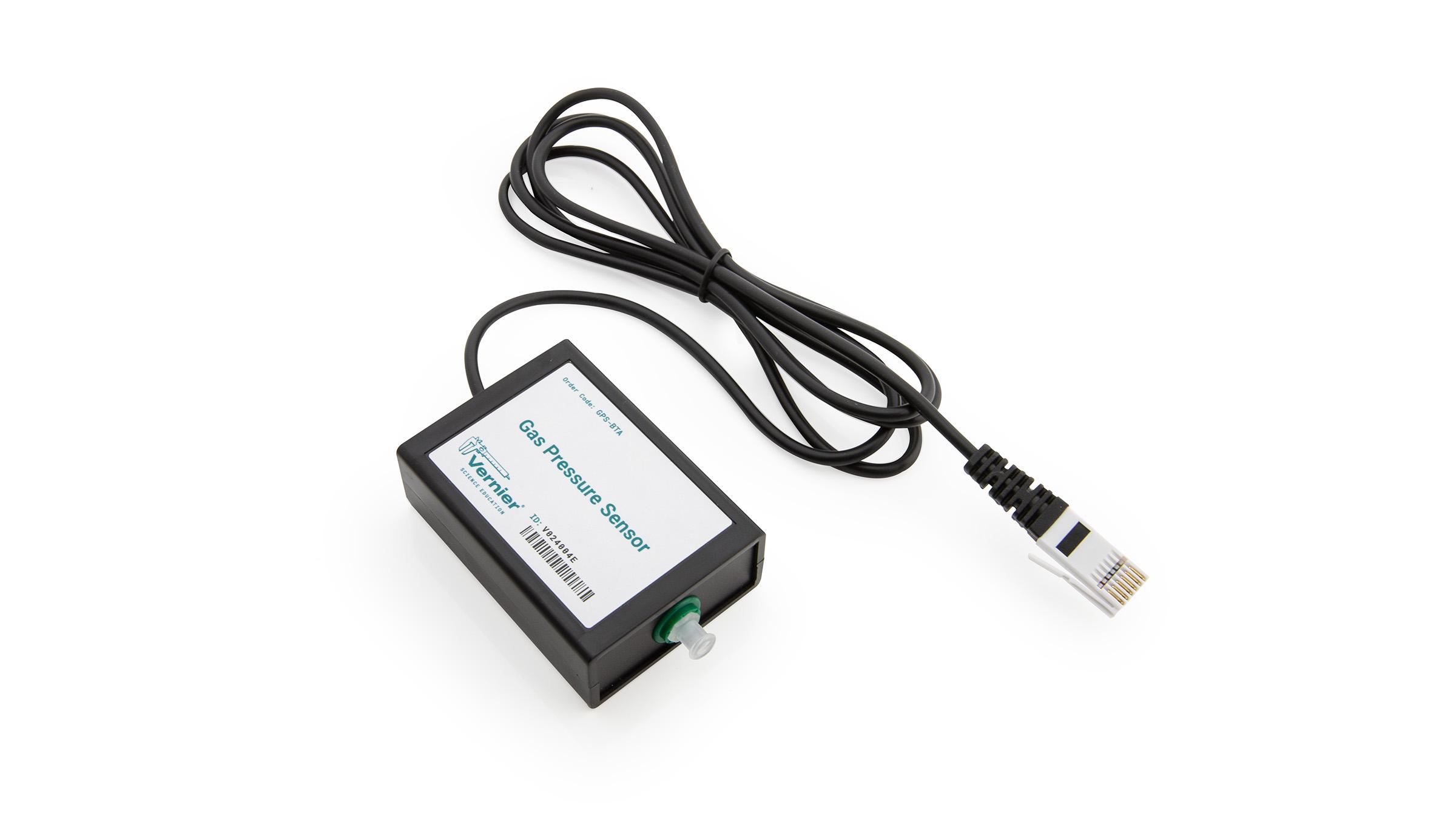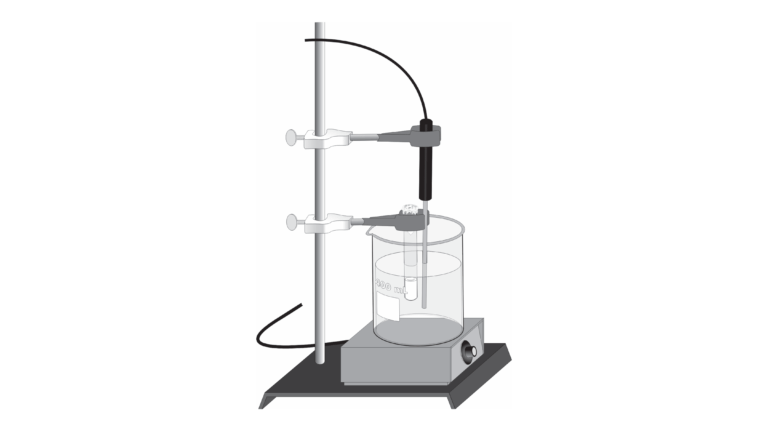
Introduction
One of the properties that helps characterize a substance is its molar mass. If the substance in question is a volatile liquid, a common method to determine its molar mass is to use the ideal gas law, PV = nRT. Because the liquid is volatile, it can easily be converted to a gas. While the substance is in the gas phase, you can measure its volume, pressure, and temperature. You can then use the ideal gas law to calculate the number of moles of the substance. Finally, you can use the number of moles of the gas to calculate molar mass.
Objectives
In this experiment, you will
- Evaporate a sample of a liquid substance and measure certain physical properties of the substance as it condenses.
- Determine the molar mass of an unknown liquid.
Sensors and Equipment
This experiment features the following sensors and equipment. Additional equipment may be required.
Correlations
Teaching to an educational standard? This experiment supports the standards below.
- International Baccalaureate (IB) 2025/Chemistry
- Structure 1.5.1—An ideal gas consists of moving particles with negligible volume and no intermolecular forces. All collisions between particles are considered elastic.
Ready to Experiment?
Ask an Expert
Get answers to your questions about how to teach this experiment with our support team.
- Call toll-free: 888-837-6437
- Chat with Us
- Email support@vernier.com
Purchase the Lab Book
This experiment is #3 of Advanced Chemistry with Vernier. The experiment in the book includes student instructions as well as instructor information for set up, helpful hints, and sample graphs and data.

